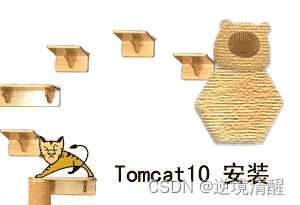
文章目录
- 前言
- 🎨 1、合并两个有序链表
- 题目描述
- 思路一(递归)
- 思路二(双指针)
- 🎨 2、树的子结构
- 题目描述
- 思路一(递归)
- 🎨 3、二叉树的镜像
- 题目描述
- 思路一(递归)
- 🎨 4、顺时针打印矩阵
- 题目描述
- 思路一(边界模拟法)
前言
题目来源参考阿秀学长的刷题笔记,小戴只是把 C++的题解改成了 Java版本,并整理了其他思路,便于自己的学习~
如果解题有更好的方法,本文也会及时进行更新~
希望对你有帮助~ 一起加油哇~
🎨 1、合并两个有序链表
牛客原题链接
题目描述
输入两个递增的链表,单个链表的长度为n,合并这两个链表并使新链表中的节点仍然是递增排序的
思路一(递归)
/*
public class ListNode {
int val;
ListNode next = null;
ListNode(int val) {
this.val = val;
}
}*/
public class Solution {
public ListNode Merge(ListNode list1,ListNode list2) {
if(list1 == null){
return list2;
}
if(list2 == null){
return list1;
}
if(list1.val < list2.val){
list1.next = Merge(list1.next,list2);
return list1;
}else{
list2.next = Merge(list1,list2.next);
return list2;
}
}
}
思路二(双指针)
/*
public class ListNode {
int val;
ListNode next = null;
ListNode(int val) {
this.val = val;
}
}*/
public class Solution {
public ListNode Merge(ListNode list1,ListNode list2) {
if(list1 == null){
return list2;
}
if(list2 == null){
return list1;
}
// 创建一个头结点
ListNode head = new ListNode(0);
ListNode cur = head;
while(list1!=null && list2!=null){
if(list1.val <= list2.val){
cur.next = list1;
list1 = list1.next;
}else{
cur.next = list2;
list2 = list2.next;
}
cur = cur.next;
}
if(list1 != null){
cur.next = list1;
}else{
cur.next = list2;
}
return head.next;
}
}
🎨 2、树的子结构
牛客原题链接
题目描述
输入两棵二叉树A,B,判断B是不是A的子结构。(ps:我们约定空树不是任意一个树的子结构)
思路一(递归)
/**
public class TreeNode {
int val = 0;
TreeNode left = null;
TreeNode right = null;
public TreeNode(int val) {
this.val = val;
}
}
*/
public class Solution {
public boolean HasSubtree(TreeNode root1, TreeNode root2) {
if (root1 == null || root2 == null) {
return false;
}
return HasSub(root1, root2) || HasSubtree(root1.left, root2) ||
HasSubtree(root1.right, root2);
}
public boolean HasSub(TreeNode root1, TreeNode root2) {
// 不匹配的情况有很多,先找匹配的情况
// 遍历完root2,root2为空时,说明root2的所有结点都与root1的子结构匹配上
if (root2 == null) {
return true;
}
// 不匹配的情况
// root2不为null的时候,root1为null了,显然不匹配
if(root1 == null){
return false;
}
// root1和root2都不为空,但是数值不同,所以不匹配
if(root1.val != root2.val){
return false;
}
// 到这里说明这个点是匹配的,继续判断左子树和右子树是否匹配
return HasSub(root1.left,root2.left) && HasSub(root1.right,root2.right);
}
}
🎨 3、二叉树的镜像
牛客原题链接
题目描述
操作给定的二叉树,将其变换为源二叉树的镜像
思路一(递归)
先把根节点的左右子树进行交换,再递归子树进行镜像,不断交换底下的左右节点
import java.util.*;
/*
* public class TreeNode {
* int val = 0;
* TreeNode left = null;
* TreeNode right = null;
* public TreeNode(int val) {
* this.val = val;
* }
* }
*/
public class Solution {
/**
* 代码中的类名、方法名、参数名已经指定,请勿修改,直接返回方法规定的值即可
*
*
* @param pRoot TreeNode类
* @return TreeNode类
*/
public TreeNode Mirror (TreeNode pRoot) {
// write code here
// 空树返回
if(pRoot == null) return null;
// 交换
TreeNode temp = pRoot.left;
pRoot.left = pRoot.right;
pRoot.right = temp;
// 递归
Mirror(pRoot.left);
Mirror(pRoot.right);
return pRoot;
}
}
🎨 4、顺时针打印矩阵
牛客原题链接
题目描述
输入一个矩阵,按照从外向里以顺时针的顺序依次打印出每一个数字,例如,如果输入如下4 X 4矩阵:
[[1,2,3,4],
[5,6,7,8],
[9,10,11,12],
[13,14,15,16]]
则依次打印出数字
[1,2,3,4,8,12,16,15,14,13,9,5,6,7,11,10]
思路一(边界模拟法)
import java.util.ArrayList;
public class Solution {
public ArrayList<Integer> printMatrix(int [][] matrix) {
ArrayList<Integer> res = new ArrayList<>();
if(matrix.length == 0){
return res;
}
// 左边界
int left = 0;
// 右边界
int right = matrix[0].length - 1;
// 上边界
int up = 0;
// 下边界
int down = matrix.length - 1;
while(left <= right && up <= down){
// 上边界的从左到右
for(int i = left; i <=right; i++){
res.add(matrix[up][i]);
}
up++;
if(up > down){
break;
}
// 右边界的从上到下
for(int i = up; i <= down; i++){
res.add(matrix[i][right]);
}
right--;
if(left > right){
break;
}
// 下边界的从右到左
for(int i = right; i >= left; i--){
res.add(matrix[down][i]);
}
down--;
if(up > down){
break;
}
// 左边界的从下到上
for(int i = down; i >= up; i--){
res.add(matrix[i][left]);
}
left++;
if(left > right){
break;
}
}
return res;
}
}
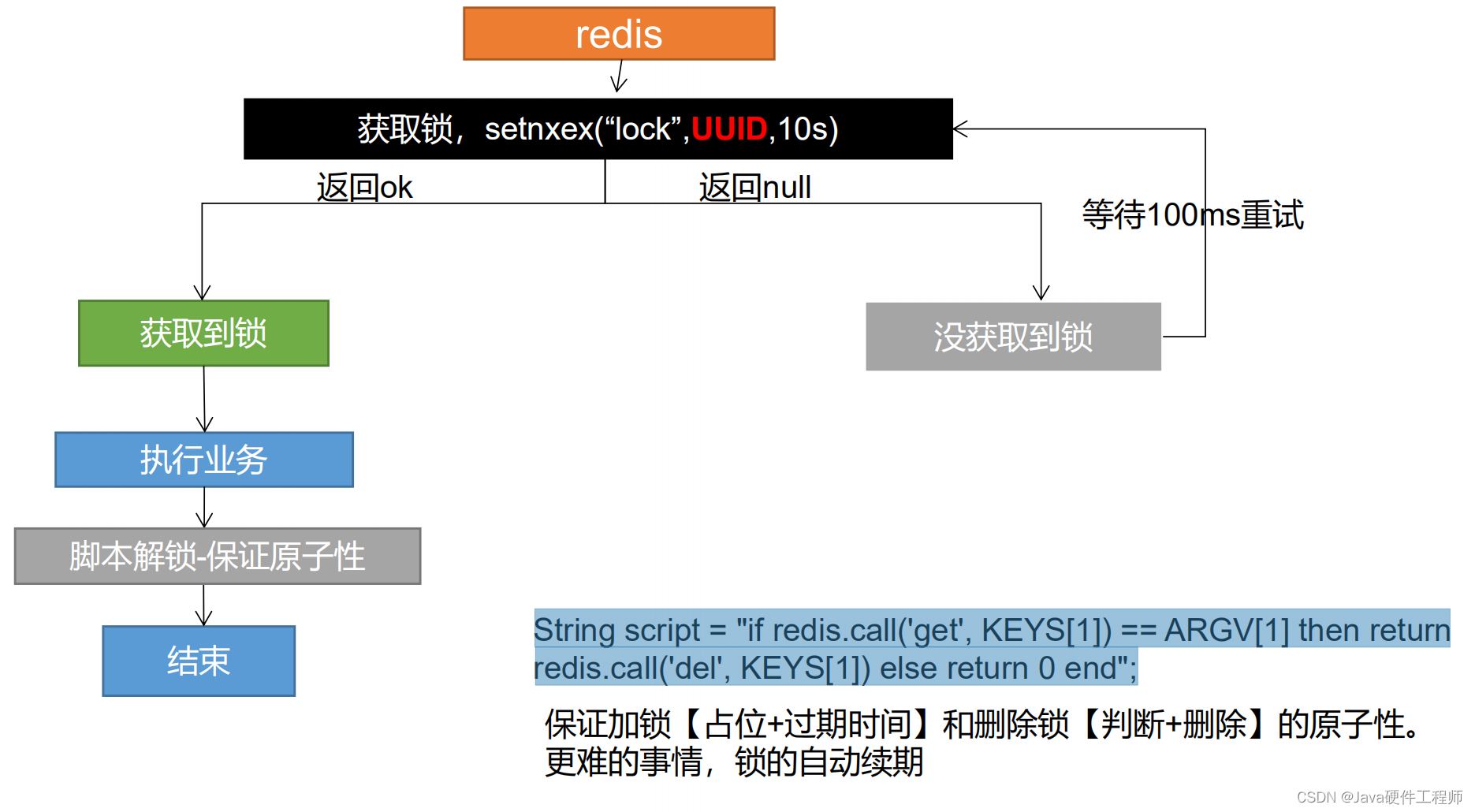

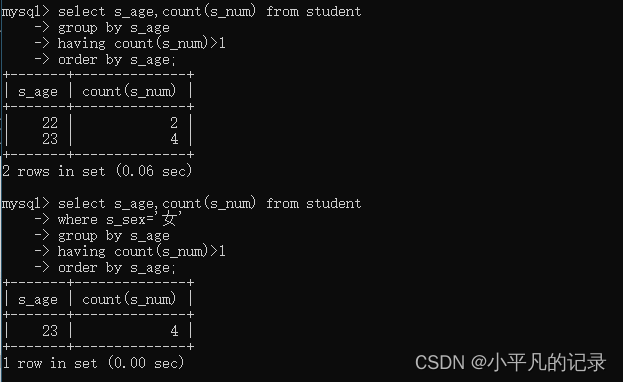

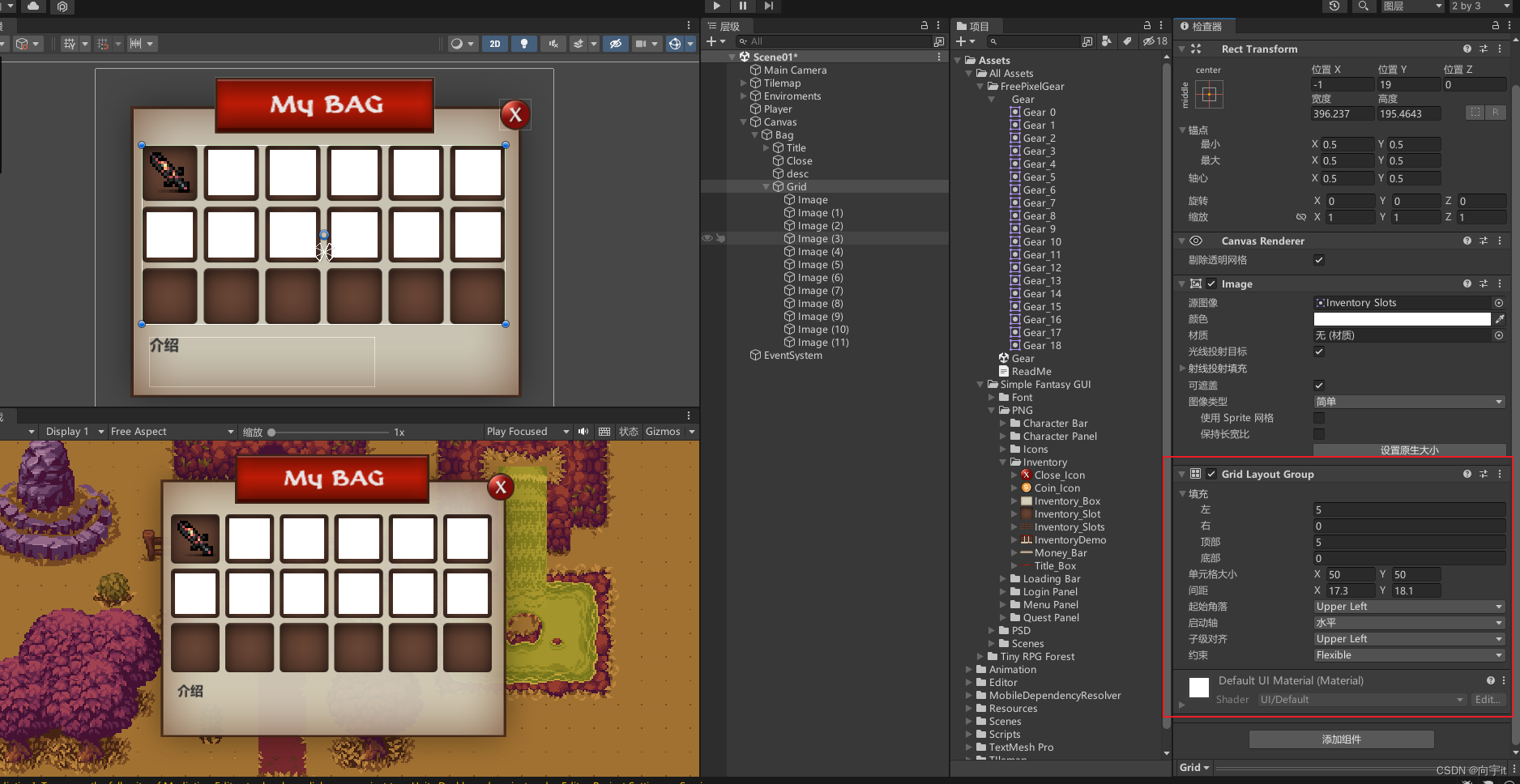


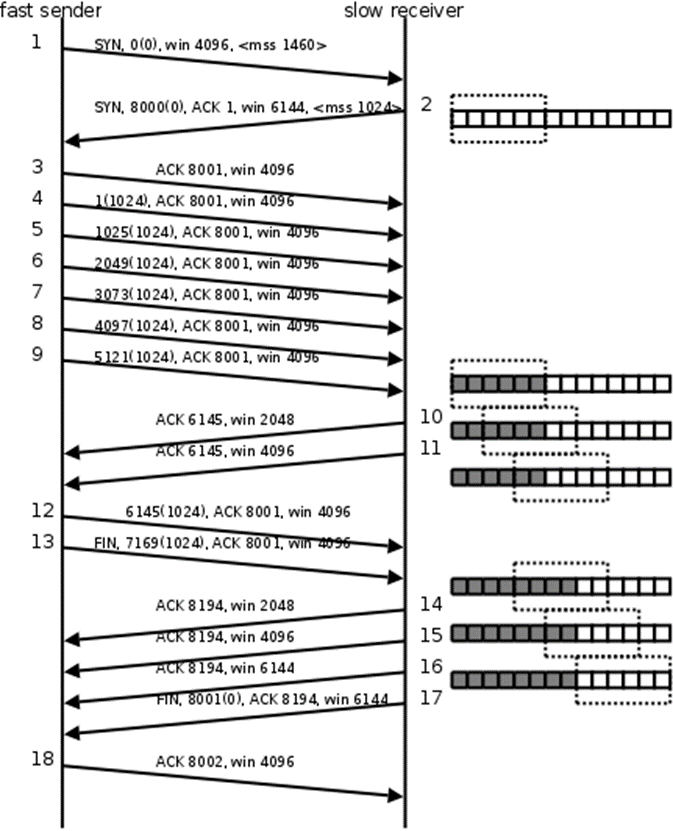
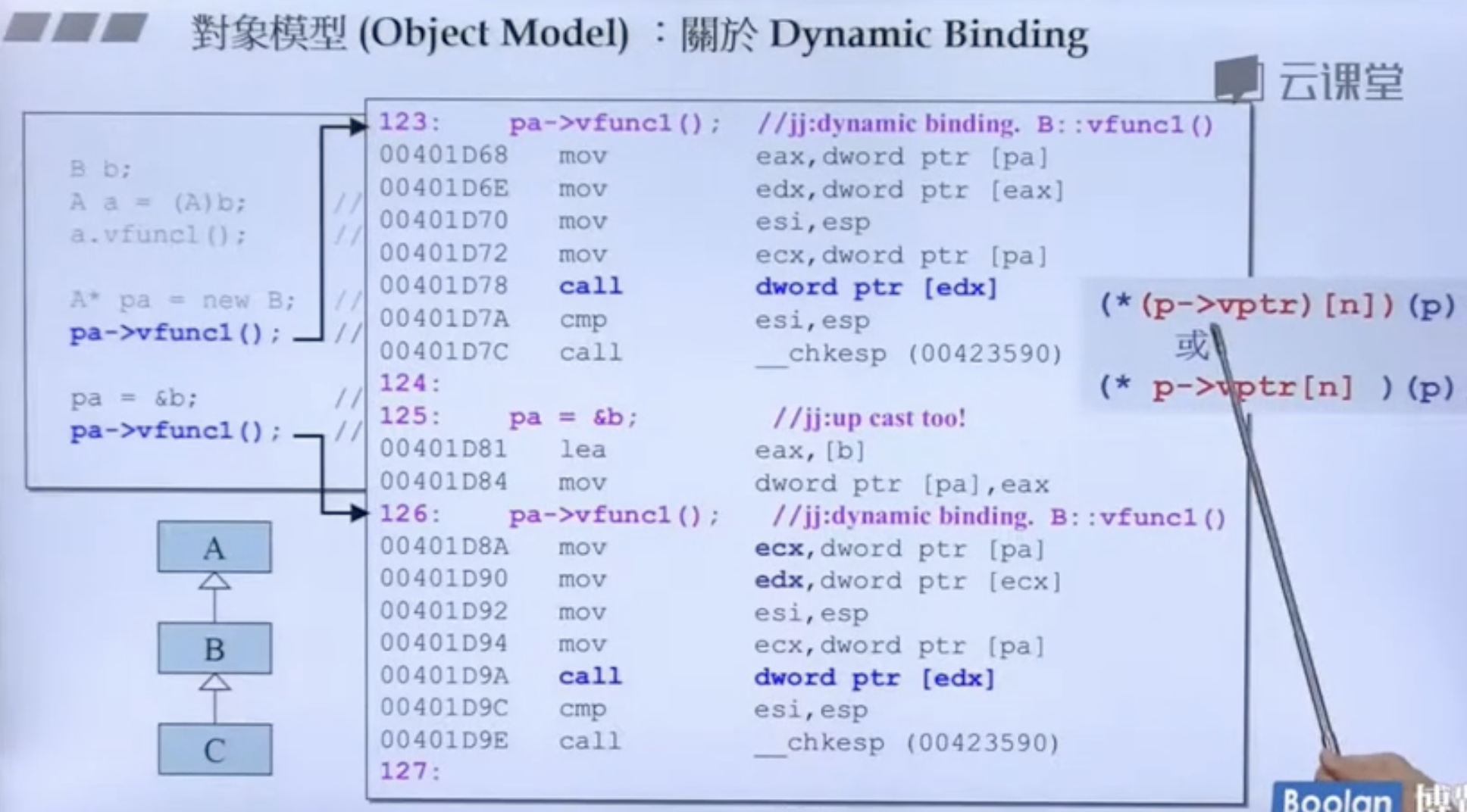

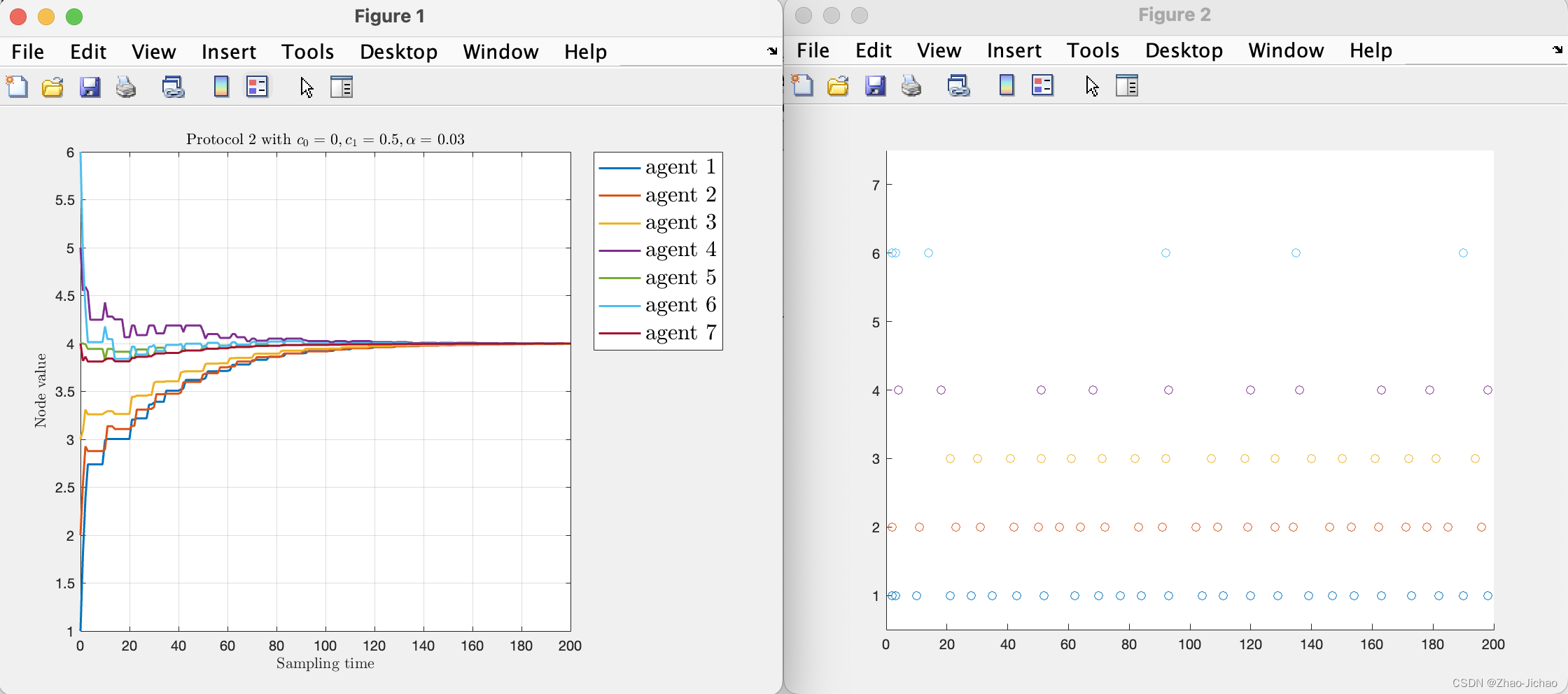

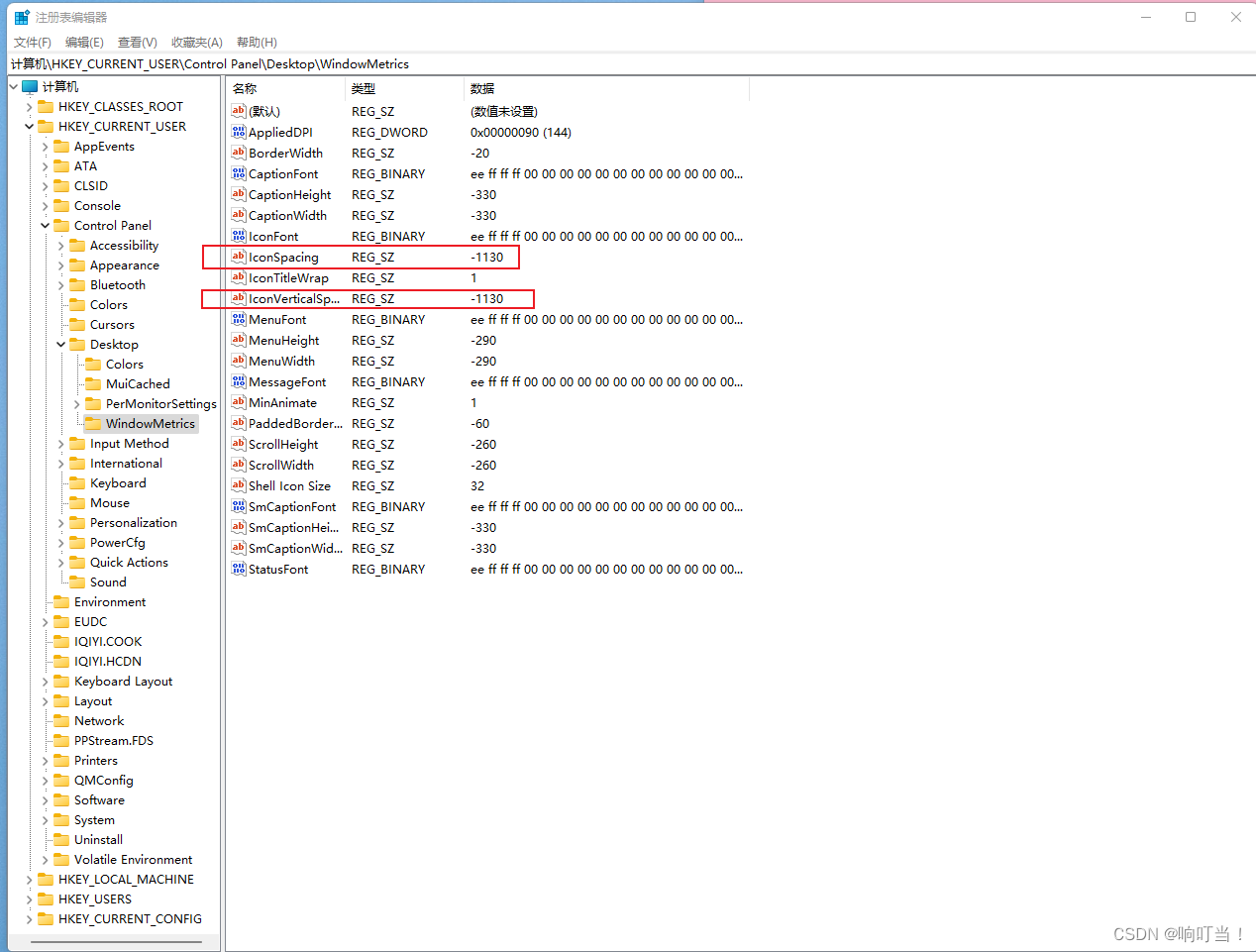

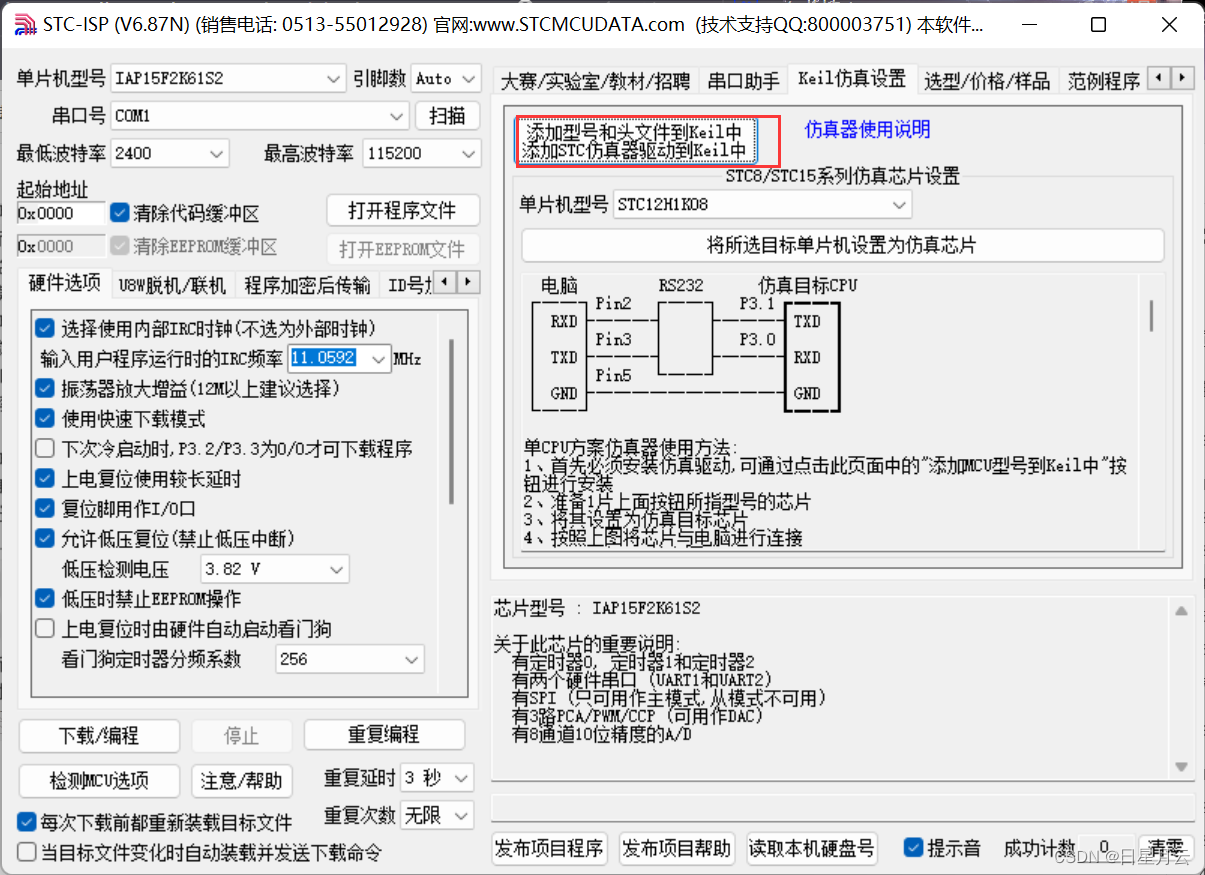

![[架构之路-159]-《软考-系统分析师》-10-系统分析-6-现有业务流程分析, 系统分析最核心的任务](https://img-blog.csdnimg.cn/e83cacd385c64fa5a7278e09ffd3b3b4.png)
